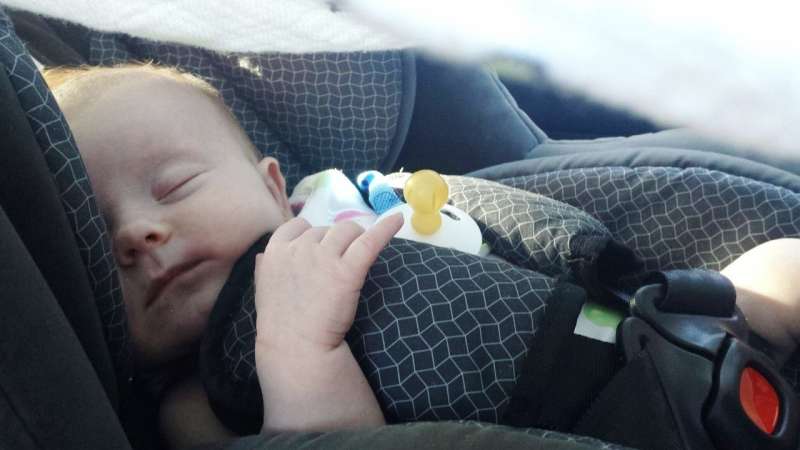
A national survey of parents revealed that most parents who used ride-share services did so with their children, but only half of the respondents reported that children who were 8 years or younger traveled in the recommended child car seats or booster seats when in ride-share vehicles. Among parents of children in this age group, over 40 percent used only a seat belt for their child, while 10 percent allowed their child to travel on a lap or unrestrained. Overall, parents reported lower rates of child car seat use in ride-share compared with how their child usually travels. Findings were published in the journal Academic Pediatrics.
“Our results are concerning, as ride-share services are increasingly popular. Car accidents remain the leading cause of death for children under 10 years old and traveling without the recommended child restraint system increases the risk for serious injury or death in a crash,” said senior author Michelle Macy, MD, pediatric emergency medicine physician at Ann & Robert H. Lurie Children’s Hospital of Chicago and Associate Professor of Pediatrics at Northwestern University Feinberg School of Medicine. “Importantly, our findings suggest that even parents who usually use child car seats face barriers to doing so in ride-share vehicles. Or, parents may view traveling in ride-share services as different, in terms of risk and legal requirements, than traveling in their family vehicle.”
In most states, children under 8 years old are legally required to travel in a child car seat or booster seat when in ride-share, but laws vary by state.
To optimize passenger safety for children, the American Academy of Pediatrics (AAP) recommends rear-facing car safety seats as long as possible, forward-facing car safety seats from the time they outgrow rear-facing seats through at least 4 years of age for most children, belt-positioning booster seats from the time they outgrow forward-facing seats until they are tall enough to fit in an adult seat belt, around 4 feet 9 inches and between 8 and 12 years of age for most children, and then lap and shoulder seat belts after booster seats.
Source: Read Full Article
